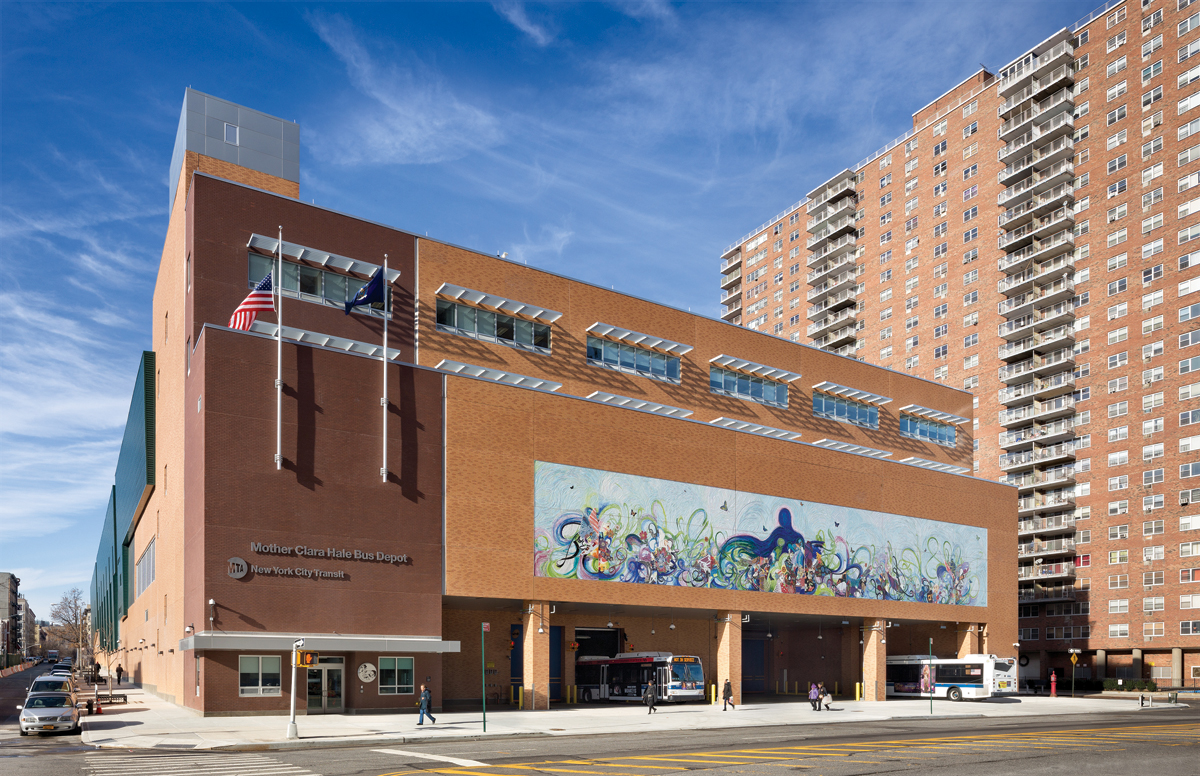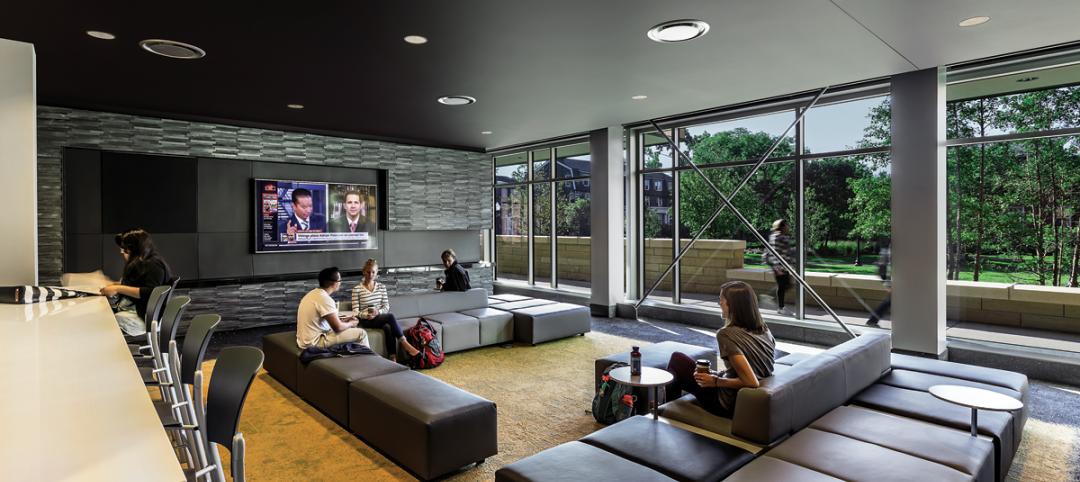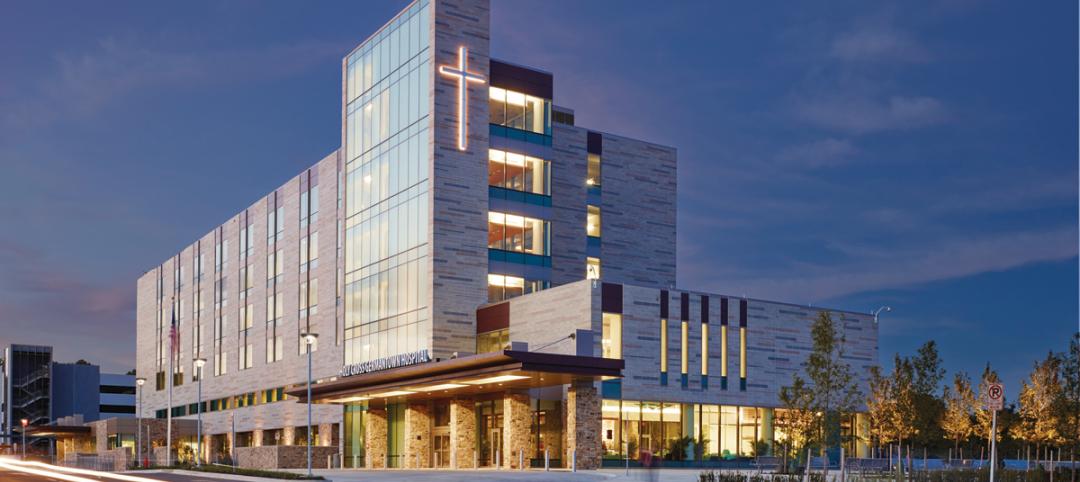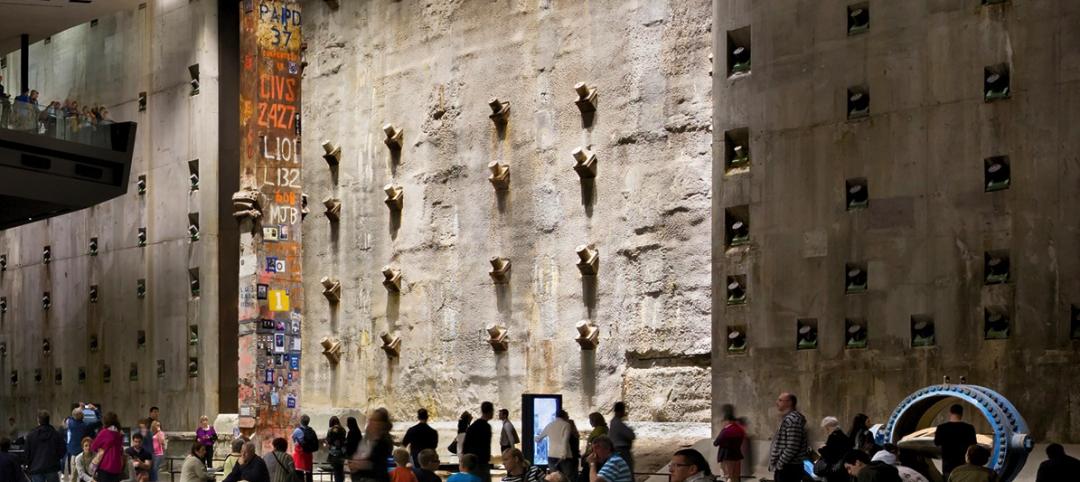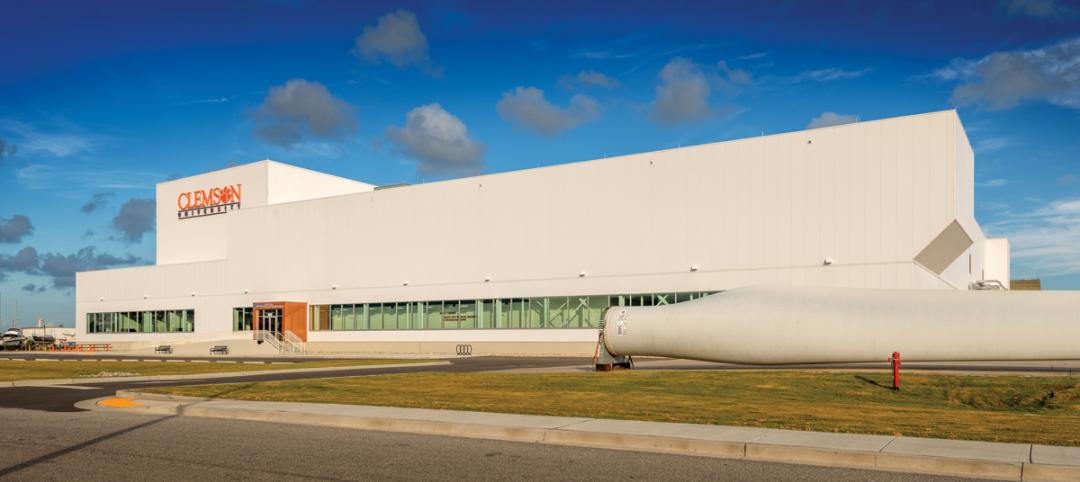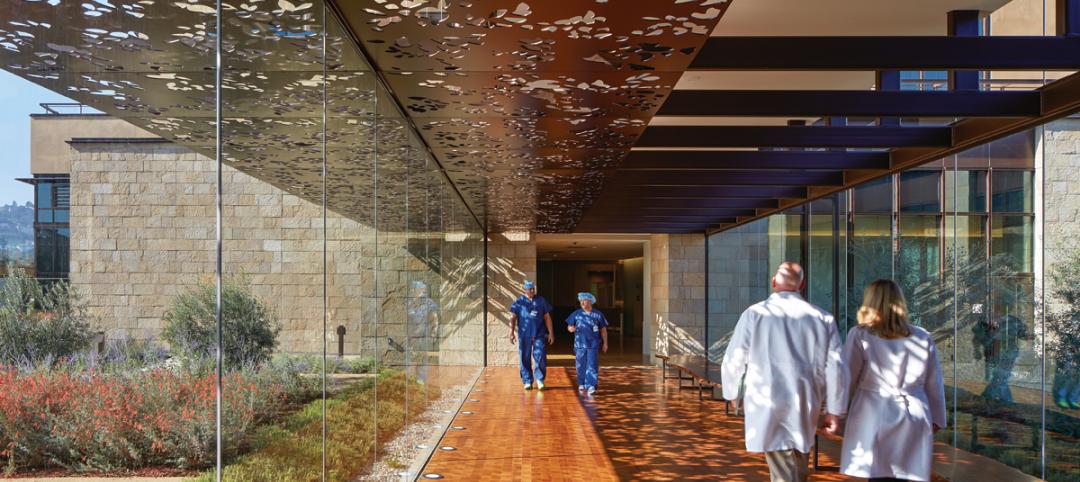Mother Clara Hale (1905–1992) was an American humanitarian who founded Hale House for unwanted children born with drug addictions. One year after her death, a bus depot on 146th Street in New York’s Harlem neighborhood was named after her. That building—erected in 1890 as a trolley barn, and razed and rebuilt as a bus depot in 2009—is now projected to be the first major LEED-certified bus depot in the country.
The owner, MTA New York City Transit, involved more than 150 community leaders in its first-ever community design charrette. Out of those meetings emerged a design that focuses on safe, efficient operations, with an emphasis on getting buses off the street as quickly as possible. To achieve that goal, the Building Team had to consider accessibility, clearance, service utilities, and lighting for each area and function.
This was not an easy building to work with. Given the magnitude of the facility, the structure was designed as three separate buildings connected via expansion joints to accommodate thermal movement. Soil conditions were poor. Lateral seismic loads were much greater than from wind. The dynamically shaped façade uses a potpourri of materials and systems—concrete masonry, precast concrete, curtain wall, storefront, art glass, and metal panels.
PROJECT SUMMARY
SILVER AWARD
Mother Clara Hale Bus Depot
New York, N.Y.BUILDING TEAM
Submitting firm: STV (architect, structural/MEP engineer)
Owner/developer: MTA New York City Transit
General contractor: Silverite
Construction manager: CB&IGENERAL INFORMATION
Project size: 390,000 sf
Construction cost: $225 million
Construction start to occupancy: November 2010 to December 2014
Construction method: Design-build
Architecture/engineering firm STV had to develop a complex system of steel member cantilevers from the floor edge to provide support at each transition and interface. The Building Team also relied heavily on BIM to integrate the design, help contractors link components with activities, and cut production time.
The depot features 12 service stations and two articulated workstations with six portable lifts. Half of the roof is cooled with CO2-absorbing plants; the other half has a reflective white surface. The facility’s 50,000-gallon rainwater collection system should reduce water use by one million gallons a year. A passive heating panel on the south façade allows air to be pulled in and preheated in the space between the façade and exterior masonry.
“The city of New York created an artistic centerpiece for the Harlem neighborhood,” says Terry Fielden, LEED AP BD+C, Director of K-12 Education at ICI, and a Building Team Awards judge. “The combined use of exterior artwork with the desire to conserve water resources sends a message of commitment to sustainability. The effort is a reminder that even a basic and functional facility can be a focal point of character in an urban environment.”
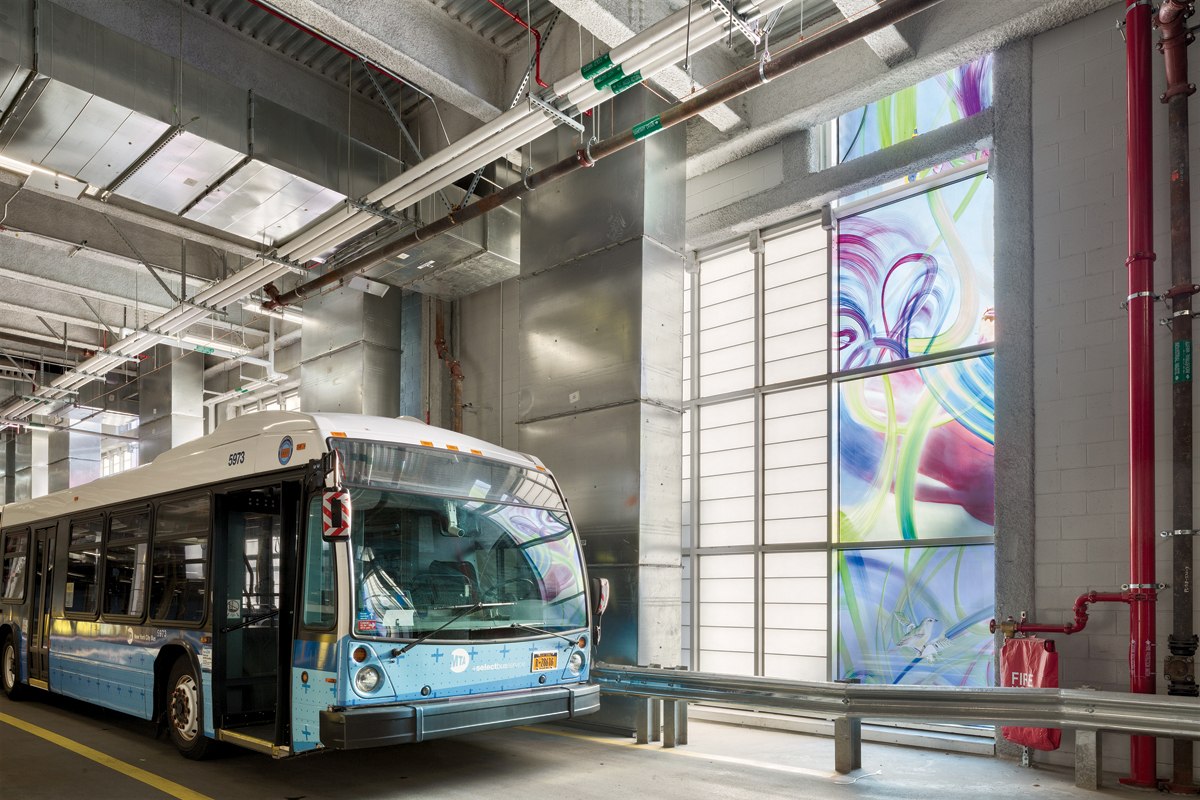 The Mother Clara Hale Bus Depot in Harlem is the first LEED-certified bus stop in the U.S.
The Mother Clara Hale Bus Depot in Harlem is the first LEED-certified bus stop in the U.S.
Related Stories
Building Team Awards | Apr 9, 2015
IPD-driven fusion facility serves science and student life in Chicago
In dire need of modern science labs and a student union, North Park University built both—in the same building.
Building Team Awards | Apr 9, 2015
‘Prudent, not opulent’ sets the tone for this Catholic hospital
This Building Team stuck with a project for seven years to get a new hospital built for a faithful client.
Building Team Awards | Apr 9, 2015
9/11 museum triumphs over controversy
The Building Team for this highly visible project had much more than design, engineering, and construction problems to deal with.
Building Team Awards | Apr 7, 2015
Unique test facility will help make wind power more feasible
A new facility at Clemson University makes it possible to test the huge stresses that large-scale wind turbines must be able to withstand.
Building Team Awards | Apr 5, 2015
UK's leading foot and mouth disease lab turns containment design inside out
A daring Building Team breaks the bunker mentality common to research containment with this light-filled, open facility in the English countryside.
Building Team Awards | Apr 5, 2015
‘Project first’ philosophy shows team’s commitment to a true IPD on the San Carlos Center
Skanska and NBBJ join forces with Sutter Health on a medical center project where all three parties share the risk.


